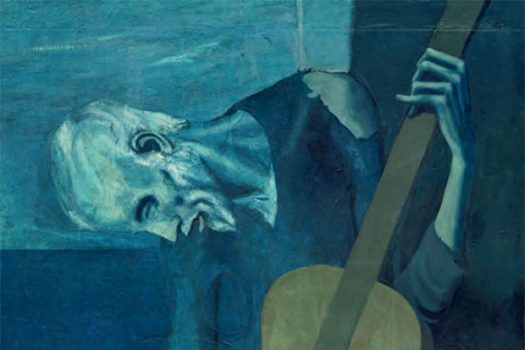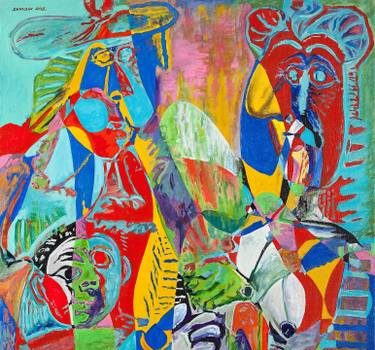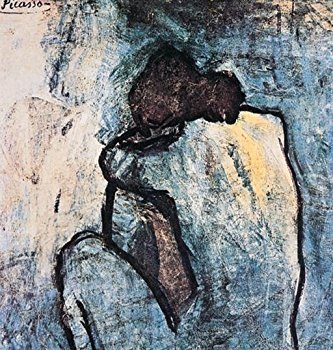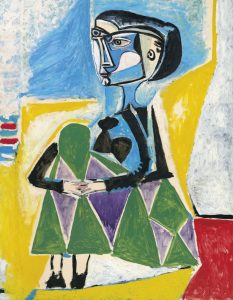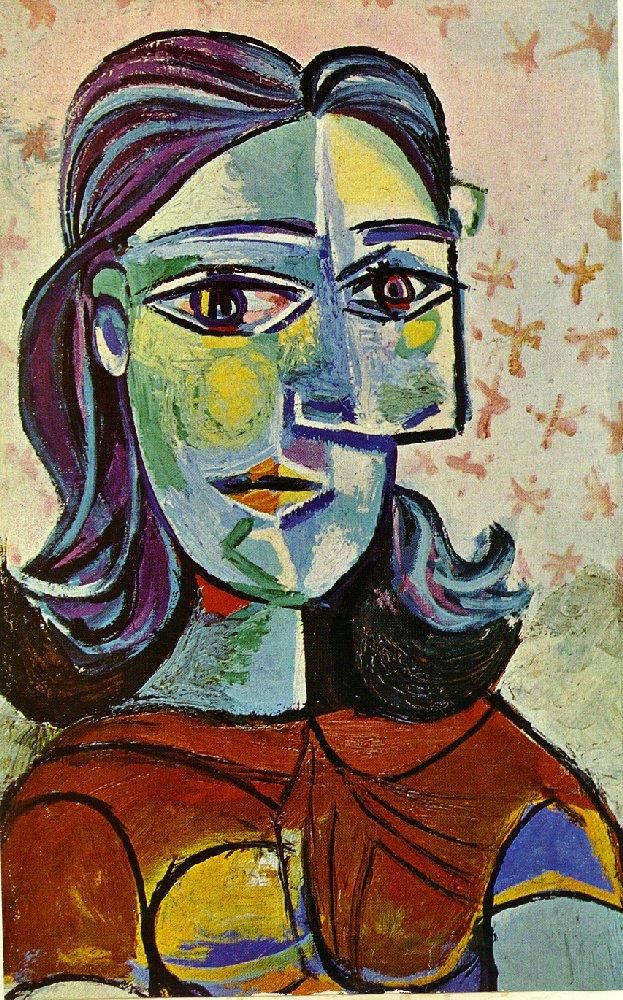Palazzo Tanzarella
The current Tanzarella palace in via Cattedrale, in the heart of the ancient village of Ostuni, is a building from the second half of the 1500s on casino en ligne. From a land registry document of 1816, however, it can be deduced that, in that year it was bought by the Tanzarella family. Today it presents the nineteenth-century features enhanced by the 2014 restoration.
The historic building, home of the Mediterranean Fiet Foundation, is located opposite the Museum of Preclassic Civilazation of Southern Murgia and the most recent restorations have given back the red color typical of Pompeian painting.
Palazzo Tanzarella still has elements of the sixteenth century both on the elevation and in the interiors like vegan makeup. The architraves on the windows still have the sixteenth-century featured and inscription: “Everything in it’s time. Well-moderated things last a long time”.
DetailsNorman Swabian Castle
The Norman Castle of Mesagne sees the construction of the oldest nucleus in 1062 by Roberto Guscardo, sixth son of Tancredi. The castle was restructured in 1430 by the prince of Taranto, Giovanni Antinio Orsini del Balzo, who greater convinience and security enlarged the manor and improved it’s defenses. In fact, the prince spent most of his life here.
Later in 1791, the castle became the property of Imperial Prince. In 1908 the Marquise of Serranova bought it from the Caracciolos of Naples and finally, in 1973, the municipal administration bought it definitively for casino en ligne. Today, it is home to the Ugo Granafei Civic Archaeological Museum where some finds from the necropolis located south of the current historic center are exhibited.
DetailsPalazzo Ducalo
Palazzo Ducale in Martina Franca was founded by Petracone V Caracciolo and it’s construction began in 1668 where the Orsinian castle of 1388 stood. The design echoes the Roman palaces and represents the power of the Neapolitan duchy of Caracciolo. The project was completed by Giovanni Andrea Carducci, an architect from Bergamo.
Today it is the symbol of the city for casino en ligne. The facade is late-mannerist, vertically punctuated by a large number of pilasters, while a long balcony, enriched by a wrought-iron railing, divides the facade horizontally.
The main floor and the ceremonial rooms were frescoed by Domenico Carella in 1776. Today, the Ducal Palace is occupied by offices of the City of Martina Franca and the music arts center of the Paolo Grassi Foundation which, since 1974 organizes the Itria Valley Festival, housed in the atrium of the building.
Details
